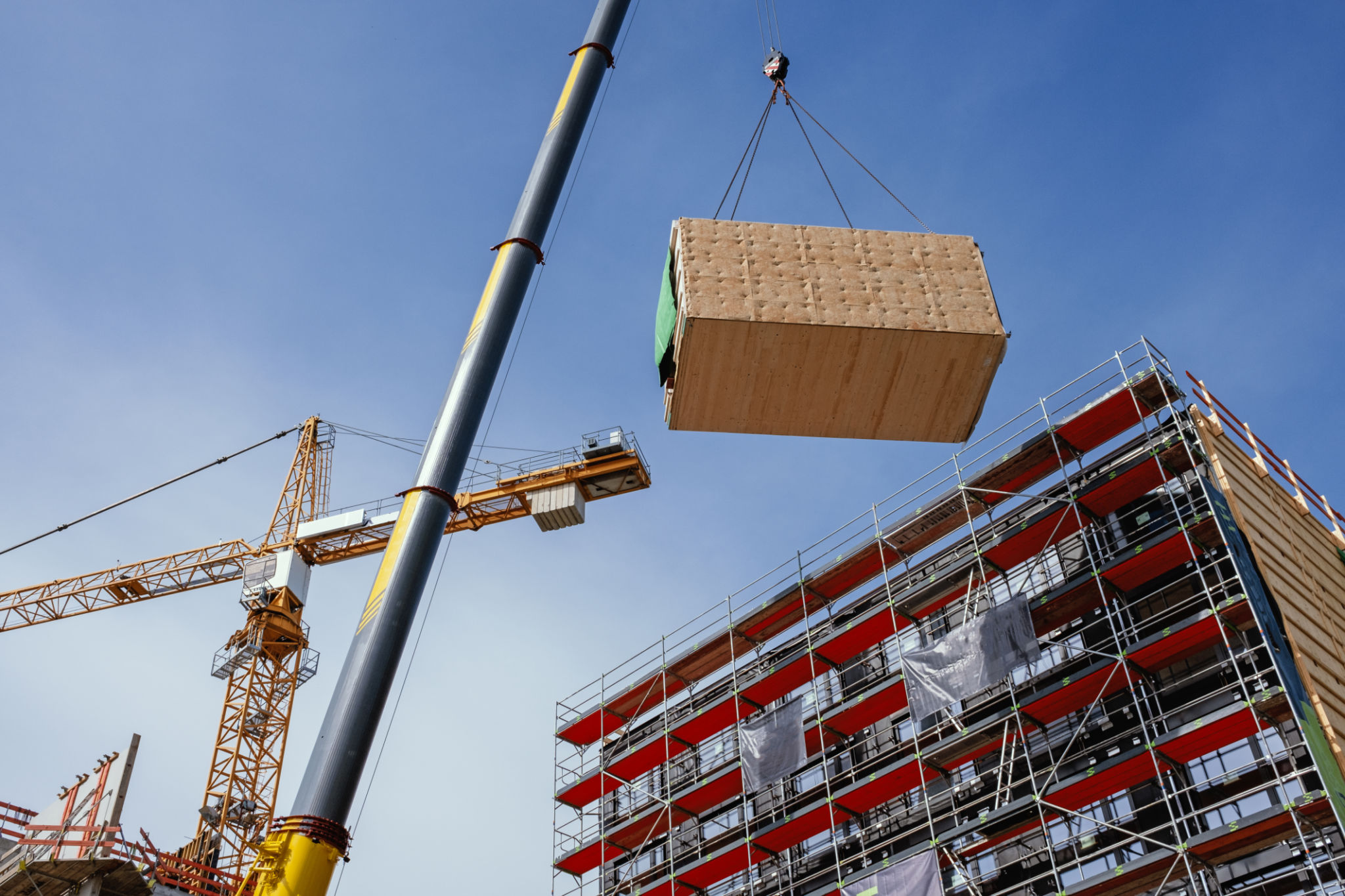Case Study: Successful Urban Construction Projects with Sustainable Practices
Introduction to Sustainable Urban Construction
As urban areas continue to expand, the importance of integrating sustainable practices in construction projects becomes increasingly critical. Urban construction projects that prioritize sustainability not only benefit the environment but also enhance the quality of life for residents. This case study explores several successful urban construction projects that have effectively implemented sustainable practices.

Case Study 1: The Green Tower Initiative
The Green Tower Initiative in Singapore stands as a testament to innovative sustainable construction. This project integrates green spaces throughout the building, including vertical gardens and rooftop solar panels. These features significantly reduce the building's carbon footprint and promote biodiversity in a densely populated area.
Key sustainable practices include:
- Use of renewable energy sources
- Implementation of rainwater harvesting systems
- Incorporation of recycled materials in construction
Case Study 2: Copenhagen’s Eco-Friendly Harbor Development
Copenhagen is renowned for its commitment to sustainability, and the city's harbor development project exemplifies this dedication. By transforming an old industrial area into a vibrant, eco-friendly urban space, the project has revitalized the local community while preserving natural resources.

The project focuses on minimizing environmental impact through:
- Creating pedestrian-friendly zones to reduce vehicular pollution
- Utilizing energy-efficient building designs
- Ensuring the conservation of water resources through advanced management systems
Case Study 3: The Regenerative Urban Park in New York City
The High Line in New York City is a prime example of regenerative urban development. This elevated linear park repurposes an old railway line, offering green space in the heart of a bustling metropolis. The project underscores the potential of adaptive reuse in urban planning.
Benefits of this project include:
- Increased green space access for city residents
- Boost to local biodiversity through native plantings
- Promotion of community engagement and tourism

Challenges and Lessons Learned
While these projects exemplify successful sustainable practices, they also highlight challenges such as high initial costs and the need for specialized expertise. However, the long-term benefits in terms of environmental impact and social well-being outweigh these challenges.
Conclusion: The Future of Sustainable Urban Construction
These case studies illustrate the transformative potential of sustainable practices in urban construction. By prioritizing sustainability, cities can become more resilient and livable. As we look to the future, it is essential for urban planners and developers to continue embracing innovative solutions that balance growth with environmental stewardship.
